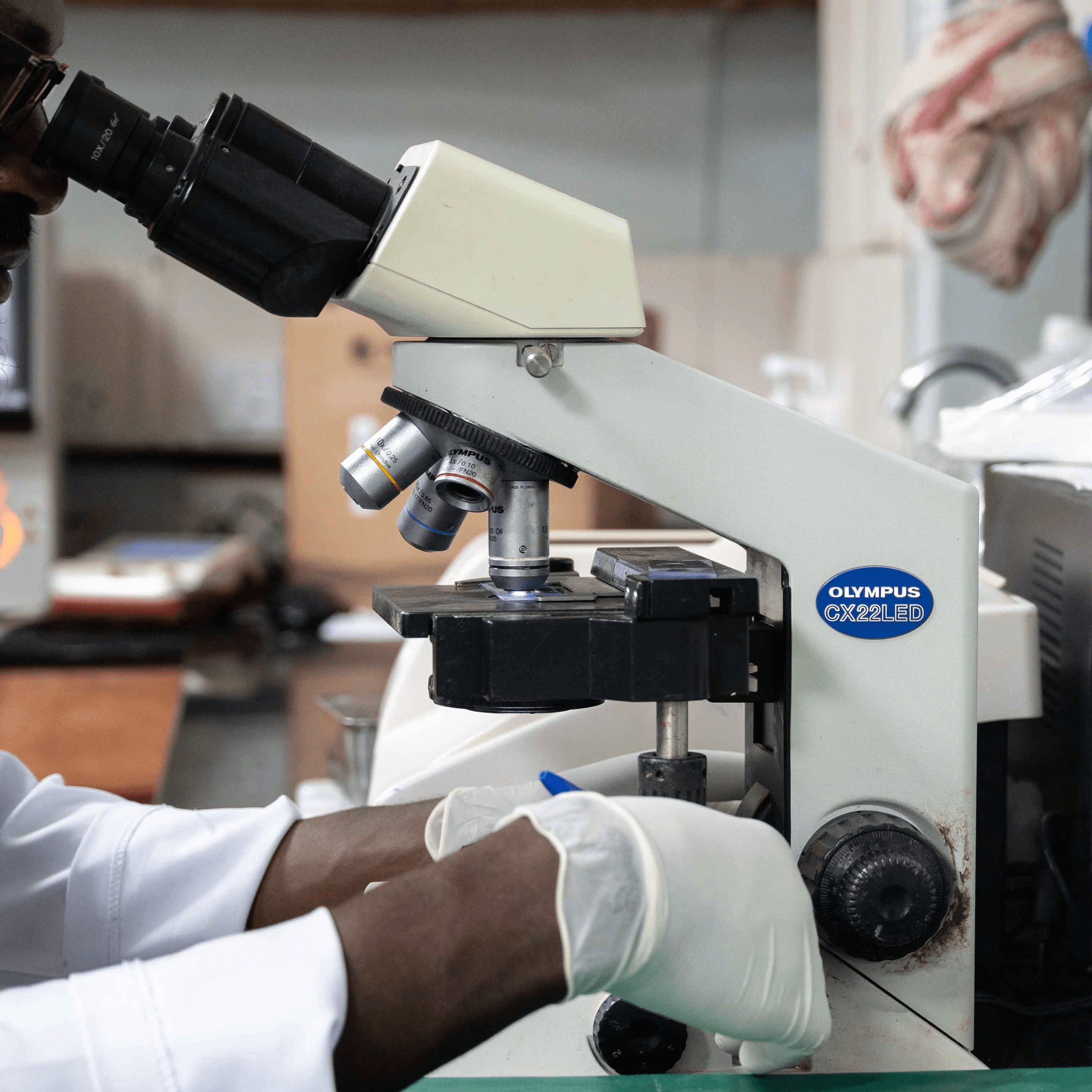The Transformative Impact of IVDs and Medical Devices
Michael Obiero
2021-01-01

The landscape of healthcare has been significantly reshaped by the advent and integration of In Vitro Diagnostics (IVDs) and medical devices, marking a new era in the diagnosis, treatment, and management of diseases. Statistical data underscores the profound impact these technologies have made on global health outcomes and healthcare systems.
In the realm of diagnostics, IVDs have been pivotal. According to a report by Grand View Research, the global IVD market size was valued at approximately $75.1 billion in 2020 and is projected to expand at a compound annual growth rate (CAGR) of 4.4% from 2021 to 2028. This growth is attributed to the increasing prevalence of chronic diseases, rising geriatric population, and technological advancements in diagnostics. For instance, the introduction of molecular diagnostics has revolutionized the field, offering a rapid and precise tool for detecting conditions such as infectious diseases and cancer. In fact, a study in the Journal of Molecular Diagnostics noted that molecular diagnostic tests could reduce hospital stays by up to 1.7 days, highlighting their role in not only improving health outcomes but also in reducing healthcare costs.
Medical devices, ranging from basic equipment like syringes to sophisticated devices such as cardiac pacemakers and MRI machines, have equally marked their significance. The global medical device market, valued at $456.9 billion in 2020 by Fortune Business Insights, is expected to rise to $657.98 billion by 2028 at a CAGR of 5.4%. These devices have been crucial in elevating patient care standards, offering innovative solutions for patient monitoring, treatment, and rehabilitation. For instance, wearable technology has been a game-changer in monitoring patient vitals in real-time, leading to early detection and intervention. A study by the American Heart Association revealed that the use of remote cardiac monitoring devices reduced readmission rates by nearly 38%, showcasing the direct benefits of medical devices in improving patient health outcomes and optimizing healthcare services.
The synergy of IVDs and medical devices is creating a healthcare environment that is more responsive, precise, and patient-centric. As these technologies continue to evolve, their integration into healthcare systems is expected to further enhance the quality of care, reduce healthcare costs, and contribute to the overall well-being of populations worldwide. The statistical trends and projections not only reflect the current value of these innovations but also underscore the potential they hold in shaping the future of global healthcare.